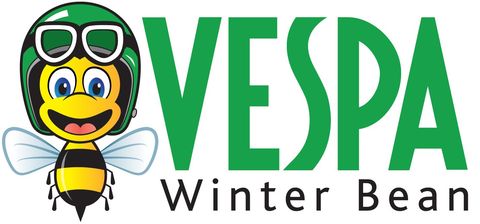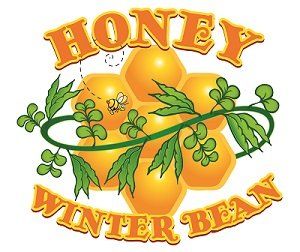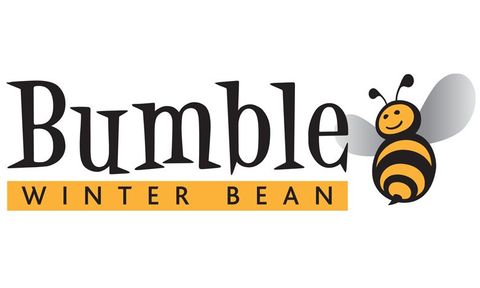Why grow winter beans?
| WINTER BEANS £ | OILSEED RAPE £ | WHEAT £ | |
|---|---|---|---|
| SEED | 98 | 56 | 63 |
| FERTILISER | 54 | 194 | 211 |
| HERBICIDES | 65 | 113 | 103 |
| FUNGICIDES | 50 | 80 | 121 |
| INSECTICIDES | 8 | 8 | 8 |
| OTHER | 10 | 33 | 24 |
| TOTAL | 285 | 484 | 530 |
Source: John Nix 2020 Edition
A break from cereal crops will help offer both improved cultural control opportunities and the option to use alternative chemistry
Winter beans can be grown and harvested with existing equipment, without compromising workloads. The later, more flexible drilling window for winter beans allows at least one flush of black-grass to be sprayed off before the crop is drilled. As the cost of black-grass control in cereal crops now exceeds £100/ha on many farms, the ability of winter beans to keep weeds at low levels is becoming increasingly important. There is a good range of pre- and post-emergence herbicides available for use on beans for control of broad-leaved weeds and grass weeds.
The demand for home grown protein consumption, export markets and added value markets remain key
In recent years, the demand for export quality beans has exceeded supply. Additionally demand from feed protein markets has seen prices provide good returns on farm and offer excellent potential for future demand. Additional opportunities into the Aquaculture market and the plant protein sector will help maintain this demand in the future.
Winter beans don't require nitrogen fertiliser and will increase yields of subsequent crops
Winter beans produce root nodules, thereby fixing atmospheric nitrogen and avoiding the need for nitrogen fertilisation. They do not result in significant levels of nitrous oxide emissions as other crops do. This makes beans ideally suited for use in the rotation to reduce the greenhouse gas emissions associated with agricultural activities. Furthermore, a bean crop will result in 20-60kg/ha residual nitrogen that can be used by the subsequent crop. Studies suggest that wheat following winter beans can yield 0.84t/ha more than wheat following oilseed rape. Combined with the reduced input costs of fertiliser this increase can contribute up to £126/ha gross margin per hectare (given a wheat price of £150/t). In addition, the deep rooting nature of beans helps to develop a more open soil structure.
Leading Varieties Perfect for your Rotation




